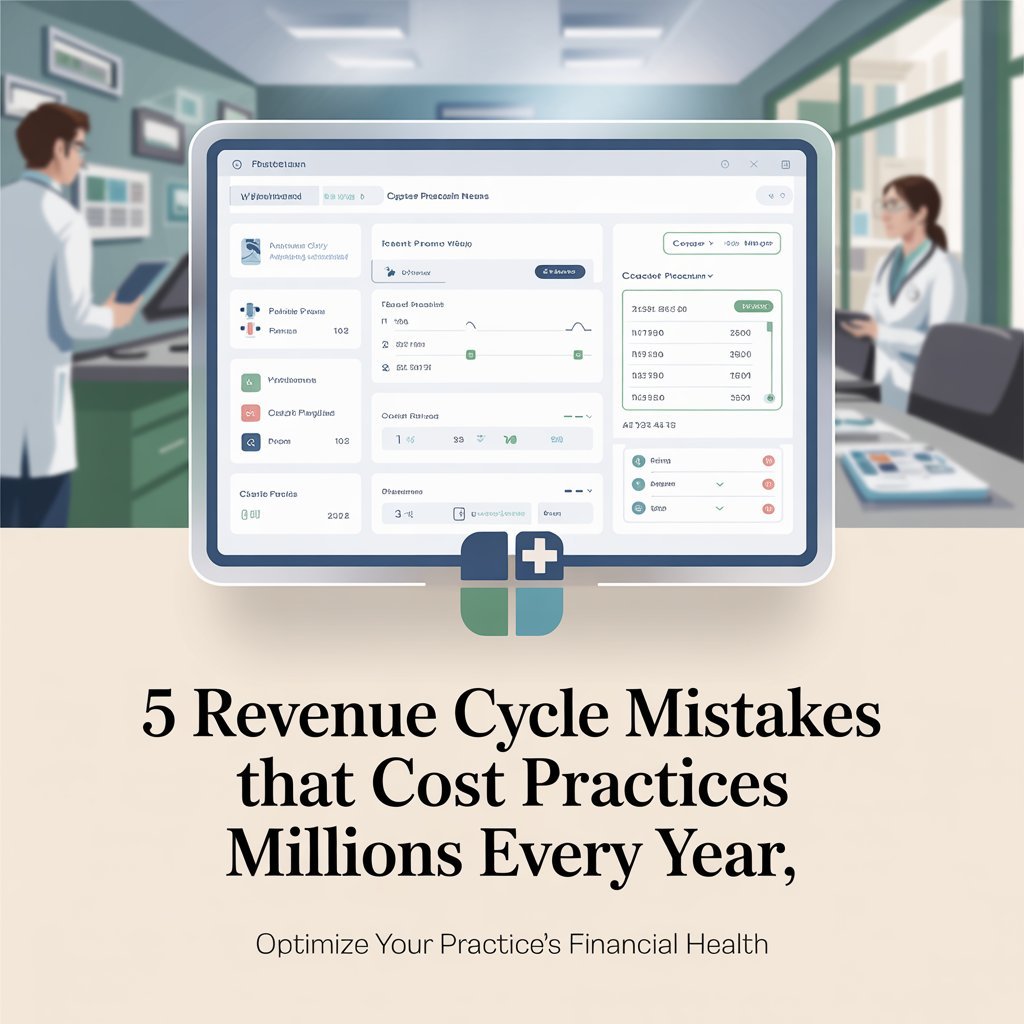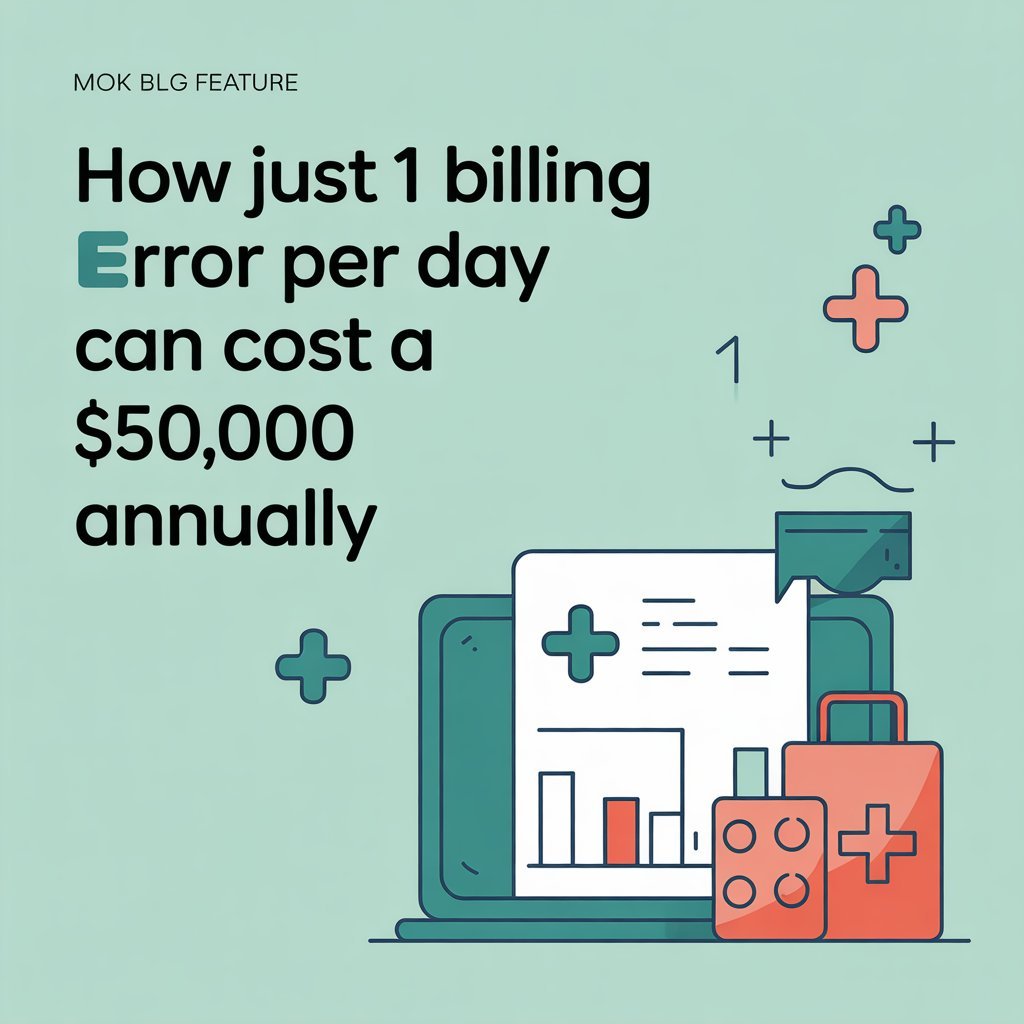Email Address
info@revenuecaremd.com
Phone Number
+1 (254) 268-1617
Our Location
Austin, TX 78731, USA
info@revenuecaremd.com
+1 (254) 268-1617
Austin, TX 78731, USA
August 23, 2025

Running a successful medical practice isn’t just about treating patients — it’s also about making sure you actually get paid for the work you do. Yet, studies show that most practices lose hundreds of thousands of dollars every year due to avoidable revenue cycle mistakes.
The shocking truth? These mistakes are so common that many physicians don’t even realize they’re happening.
Here are the top 5 revenue cycle mistakes silently draining your practice’s income:
Most practices treat denials as the “cost of doing business.” But every unappealed denial is lost money that could have been collected.
Even small coding errors can cost thousands:
Without regular coding audits, practices unknowingly leave huge gaps in revenue.
Did you know that over 50% of patient balances go uncollected nationwide?
This doesn’t just hurt revenue — it also damages the patient–provider relationship.
Many physicians only look at the total collections, but not the details behind them.
Without transparency, revenue leaks go unnoticed, and the practice keeps bleeding money silently.
Manual billing, limited reporting, and overburdened staff create errors. Insurance companies take advantage of those errors with:
The result: slow cash flow and millions lost over time.
For a practice billing $200,000/month, just a 10% revenue leak means:
And that’s just from a few “small mistakes.”
The good news? These problems are avoidable.
Partner with experts who live and breathe revenue cycle management.
The revenue cycle refers to the financial process that healthcare providers use to track patient care, billing, claims submission, payment collection, and revenue reporting.
Because each denial represents delayed or lost revenue. Without follow-up and appeals, practices may lose 10–20% of income unnecessarily.
At least quarterly. Regular coding audits help catch undercoding, overcoding, and missed services that directly affect revenue.
Most practices lack structured payment policies or digital payment options, making it harder for patients to pay on time.
Track key metrics like denial rate (<5%), days in A/R (<40 days), and net collection rate (>95%). These reveal hidden revenue leaks.
Yes. Manual or outdated systems increase human errors, delay claim submission, and make it easier for insurance companies to deny or underpay claims.
They provide expert denial management, coding audits, advanced reporting, and patient collection strategies to ensure practices don’t lose revenue unnecessarily.
Mistakes in the revenue cycle don’t just hurt your bottom line — they put your entire practice at risk.

Healthcare Revenue Cycle Expert at Revenue Care MD. Passionate about helping medical practices maximize revenue and reduce billing errors.




Have any questions? We’re here to help you with the right answers.
If you have any inquiries or questions, feel free to send us a message. We’ll get back to you shortly.